
What is the CTE of FR5?
What is the Coefficient of Thermal Expansion (CTE)? The Coefficient of Thermal Expansion (CTE) is a measure of how much a material expands or contracts[…]
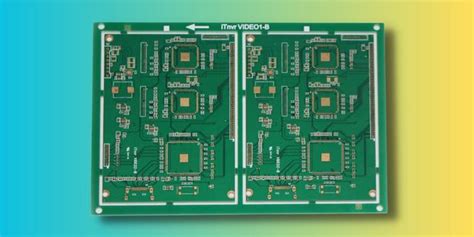
What is the difference between FR4 and FR5 material?
Introduction to FR4 and FR5 Materials FR4 and FR5 are two popular materials used in the manufacturing of printed circuit boards (PCBs). These materials are[…]

What are the characteristics of FR4 substrate?
Physical and Mechanical Properties of FR4 Composition and Structure FR4 is a composite material consisting of two main components: Woven fiberglass cloth: This provides the[…]

What does FR4 do?
What is FR4? FR4 is a composite material made from woven fiberglass cloth impregnated with an epoxy resin. The term “FR” stands for “Flame Retardant,”[…]
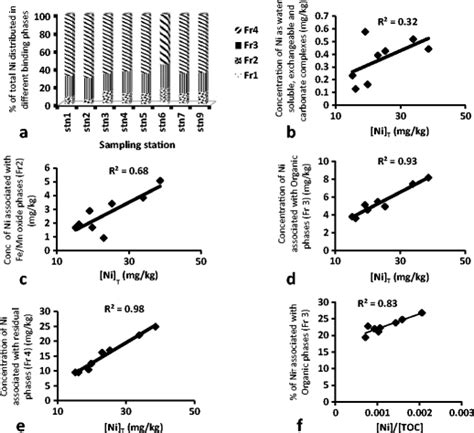
What is the difference between FR1 and FR4 PCB?
FR1 vs FR4: Understanding the Key Differences When it comes to printed circuit boards (PCBs), the choice of material is crucial for ensuring optimal performance[…]
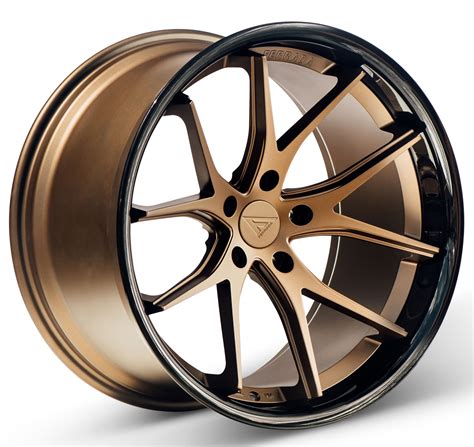
What is FR2 in PCB?
What is FR2? FR2, also known as phenolic paper or phenolic cotton paper, is a composite material made from paper or cotton fabric that is[…]
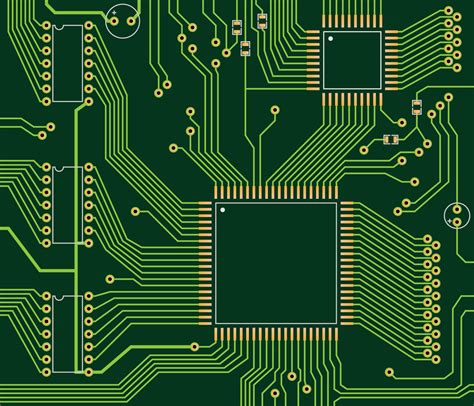
Why is FR4 called FR4?
What is PCB Material? PCB material, or printed circuit board material, refers to the substrate used to manufacture PCBs. The substrate is an insulating and[…]
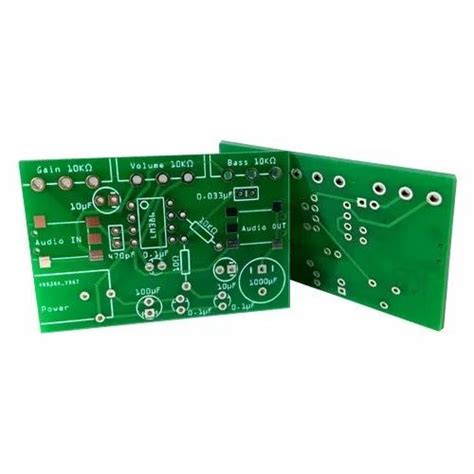
What is fr6 PCB material?
Composition of FR-6 PCB Material FR-6 PCB is a composite material made from a combination of glass fabric reinforcement and a specialized epoxy resin system.[…]
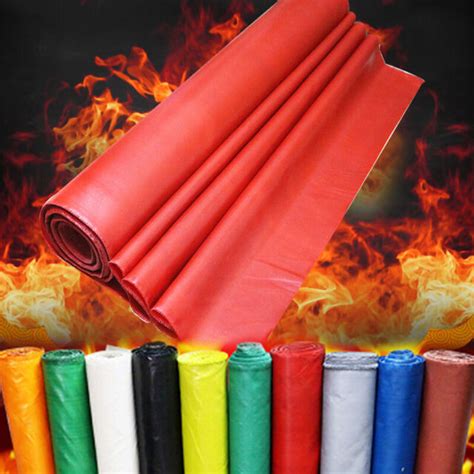
What is FR grade material?
Properties of FR Grade Materials FR grade materials possess unique properties that enable them to resist fire and heat. These properties include: Ignition Resistance One[…]
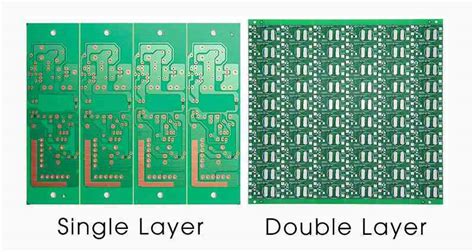
What is the difference between FR4 PCB and Mcpcb?
Introduction to FR4 PCB and Mcpcb Printed Circuit Boards (PCBs) are essential components in modern electronic devices. They provide a platform for mounting and interconnecting[…]